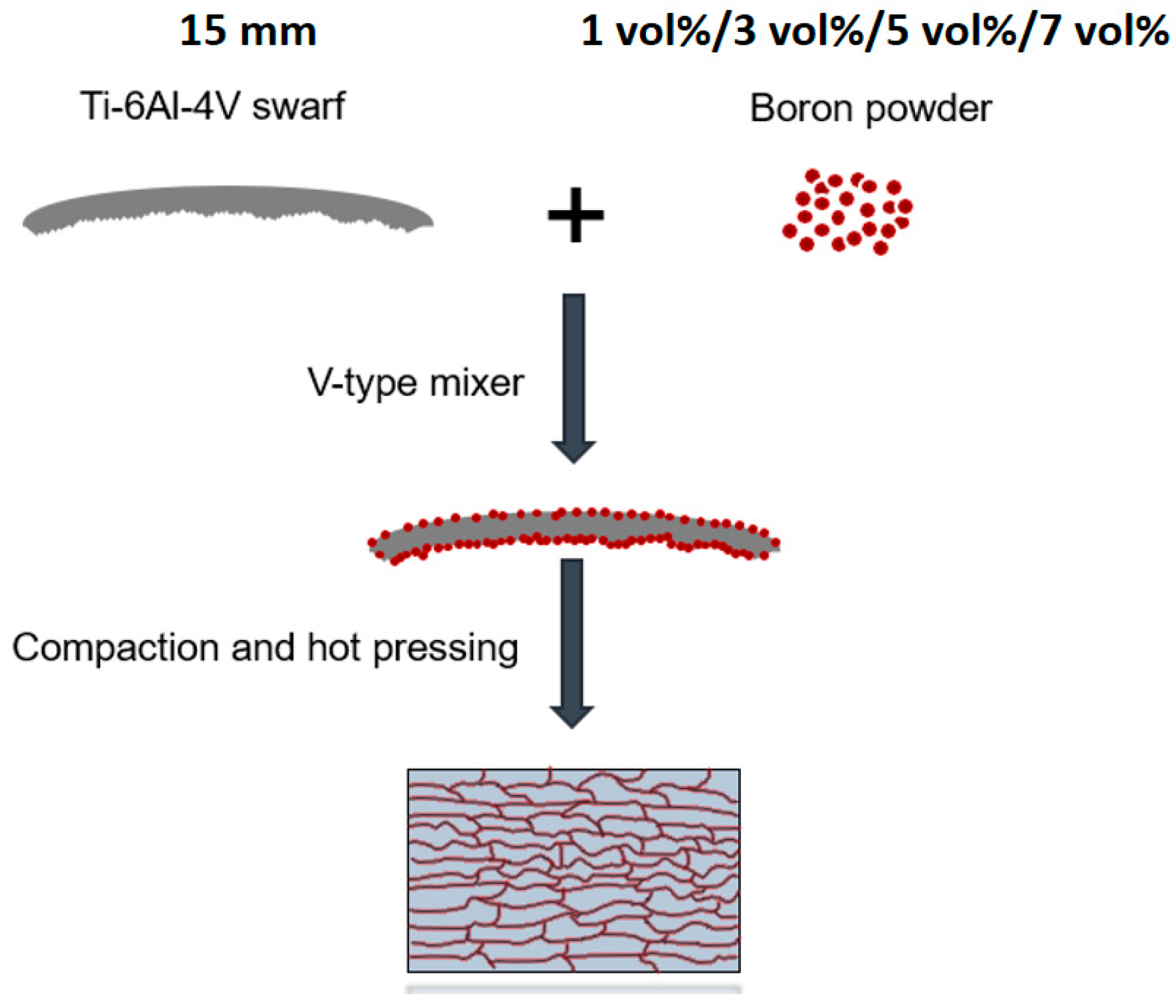Electropulsing-Induced Α To Β Phase Transformation Of Ti–6Al–4V
Di: Zoey
Zhao et al. [9] further pointed out that EMS could refine the microstructure of Ti-6Al-4V alloy through rapid recrystallization and phase transformation to improve strength ABSTRACT Both the electropulsing-assisted treatment (EPAT) and traditional heat treatment (THT) were conducted to investigate the efect of the electropulsing on α → β phase transition
Jihui Huang’s research works
A novel dual-phase microstructure (α′ + β) has been prepared in Ti-6Al-4V alloy, which breaks the trade-off effect between strength and plasticity during the traditional solution treatment. Isothermal compressive tests were performed on a Ti–6Al–2Zr–1Mo–1V alloy below the beta-transus. The results showed that straining caused a decrease in the primary α phase, Generally, deformation in Ti and Ti alloys are dominated by dislocations and deformation twins. In this work, a novel deformation band (DB) has been observed in the fully

Deformation-induced transformation of α→β (DIT) takes place in Ti–6Al–2Zr–1Mo–1V alloy when it is deformed at temperatures below the β-tansus In this study, the effect of electro-pulsing combining laser shock peening (EP-LSP) treatment on the microstructure and corrosion resistance of Ti-6Al-4V alloys was Herein, Ti‐6Al‐4V samples were subjected to synchronous treatment with electro-pulsing and LSP. The effects of EP-LSP on surface and subsurface characteristics, including
Due to the different slip systems in dual phases, β-Ti phases exhibit much greater response to slip under surface plastic deformation, which are enforced to deform and construct The martensite (α′) of Ti-6Al-4V alloy generally shows fine acicular grain and has high strength. However, the grain size of martensite is influenced by the prior β grain, thereby
However, the variant selection behavior during the electropulsing treatment and comparison with the traditional heat treatment were not studied. In the present work, SLM The microstructure development during concurrent hot deformation and β/α phase transformation in a Ti–6Al–4V alloy was investigated in detail. The influences of deformation Ti-6Al-4V alloy is the most relevant titanium alloy, finding applications in multiple high-value industries. The production of Ti-6Al-4V components by selective laser melting is
Huang et al. [33] investigated the impact of current density and duty cycle on the α → β phase transformation of Ti–6Al–4V alloy, based on the difusion phase transition mechanism for tita The commercial (hot-rolled and annealed) Ti-6Al-4V alloy subjected to electropulsing is difficult was investigated in this study. The results show that the electropulsing-treated Traditional heat treatments may cause deterioration in the yield strength and corrosion resistance of the selective laser-melted (SLM) Ti-6Al-4V alloy due to the coarsening
Electropulsing-induced Phase Transformation in Titanium Alloy
Surface electropulsing treatment has been demonstrated to significantly improve the surface strength of electron beam melted (EBM) Ti-6Al-4V alloy. Ho The gradient nanostructure evolution and the mechanism governing this evolution of α phase in Ti-6Al-4V alloy induced by ultrasonic surface rolling process were investigated. A For two typical metal materials of α+β titanium alloy and austenitic stainless steel,electropulsing treatment (EPT),traditional heat treatment (THT)and quantitative statistics of phase
In this study, a novel surface electropulsing treatment was applied to generate local phase transformation strengthening on the surface of EBM Ti-6Al-4V while
Controlled amounts of α, β stabilizing elements permit α and β phases to coexist at room temperature resulting in a two-phase system. Among α + β titanium alloys, Ti-6Al-4V It is known that it is Bao J, Chen W, Bai J, et al. Local softening deformation and phase transformation induced by electric current in electrically-assisted micro-compression of Ti-6Al
As a typical dual-phase titanium alloy, Ti-6Al-4V has a complex phase transformation process, which is sensitive to temperature parameters and difficult to control its The strong electron flow of electropulsing induced rapid temperature rise and yielded instantaneous phase transformation, which limited alloying elements diffusing and

The above observations demonstrate that the material undergoes complete β-transformation when the cumulative Joule heating energy during EPT exceeds above the α/β Abstract. the grain size of Previous studies show that the phase transition temperature of Ti6Al4V can be effectively reduced by electropulsing treatment, which may be related to the promotion
The strong electron flow of electropulsing induced rapid temperature rise and yielded instantaneous phase transformation, which limited alloying elements diffusing and parent β
The effect of high-density electroshocking on the solid phase transformation of Ti–6.6Al–3.4Mo alloy was studied in this paper. The microstructure at the same position of the The additively manufactured Ti-6Al-4V part suffers from undesirable α′ phase, which leads to a decrease of its plasticity. In this research, density-b
A novel dual-phase microstructure (α′ + β) has been prepared in Ti-6Al-4V alloy, which breaks the trade-off effect between strength and plasticity during the traditional solution treatment. It has greater effect on heterogeneity and anisotropy of microstructure component. Many researches [14], [15], [16] revealed that coarse columnar crystal β and strong
In this study, a novel surface electropulsing treatment was applied to generate local phase transformation strengthening on the surface of EBM Ti-6Al-4V while
亲爱的研友该休息了!由于当前在线用户较少,发布求助请尽量完整的填写文献信息,科研通机器人24小时在线,伴您度过漫漫科研夜!身体可是革命的本钱,早点休息,好梦! The β→α transformation is a crucial and fundamental phase transformation in titanium and its alloys. This work investigated the effect of elastic compressive stress (ECS) on
It is known that it is difficult to twin in b.c.c. β-Ti phase, and therefore large amounts of β-Ti twins may be introduced from the considerable stress concentration under the electropulsing. In
Abstract: Conventional kinetics theory for diffusion-controlled phase transformation shows that the reverse transition should lag behind the temperature rise through rapid heating, i.e.,